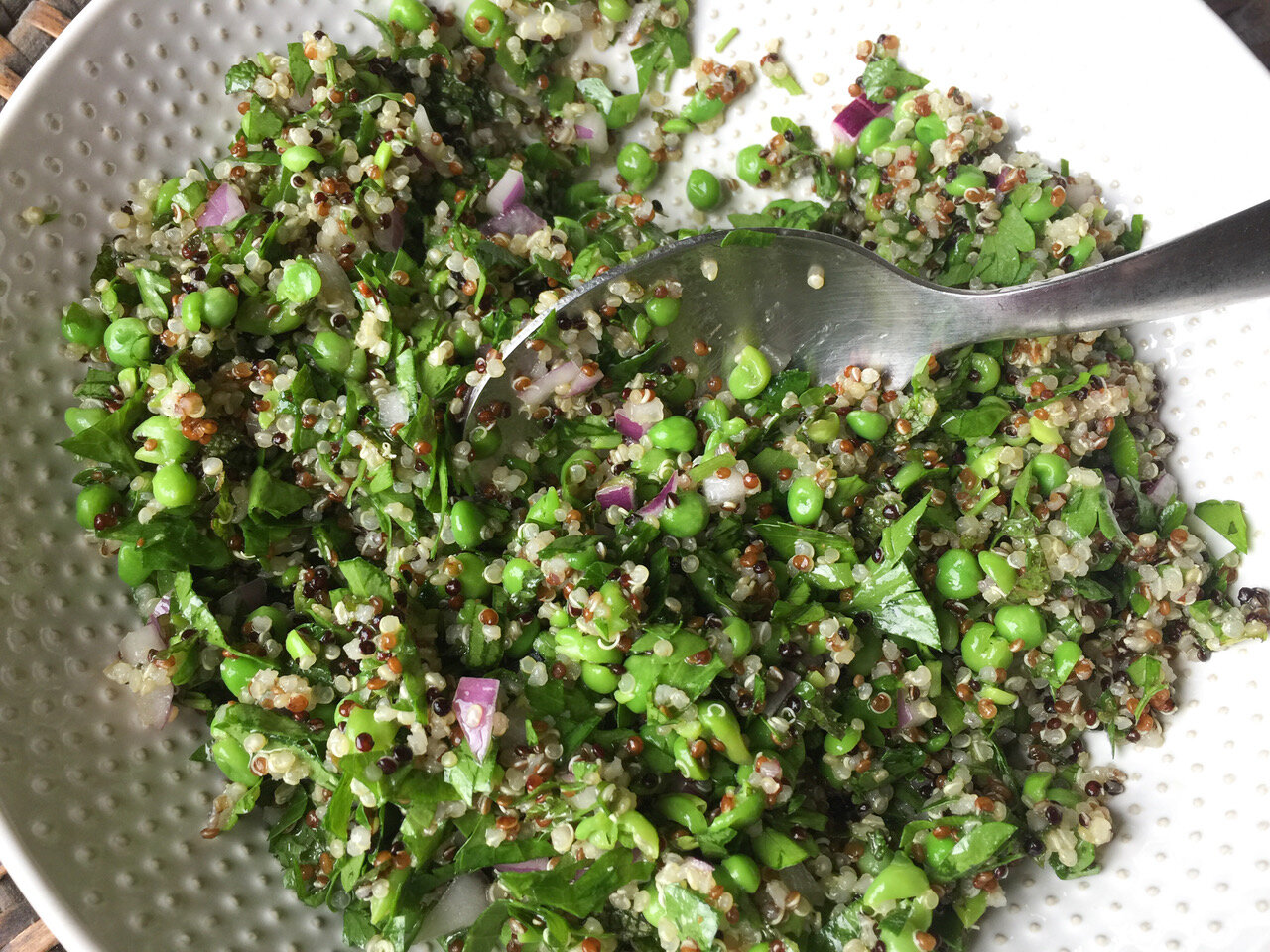One frigid January a few years back, when I was in process of reviewing a big-deal chef’s new restaurant, I asked my server about the “garden English peas” in a menu description of a fish dish. No way anyone’s garden was producing English peas that time of year, I thought. The dutiful server headed to the kitchen and came back with Chef’s answer — the name of some local farm that was supposedly growing the peas for him. Mm-hm.
Not long after the review ran, the restaurant’s sous chef sent me a note: Those peas? They were frozen. The sous-chef was sure of this, he wrote, because Chef had sent him out to the supermarket to buy bags of frozen peas that afternoon.
My new BFF (sorry, Teach!)
Not that I’d been fooled. In the best of times, frozen peas are a savvy cook’s secret ally, so I’d figured that fish dish’s poetic menu flourish had been an icy deception.
Even in the best of times I keep a bag or two of frozen peas on hand. And now this crazy season, when gorgeous springtime produce is only the stuff of dreams, a bag of frozen peas has become my new best friend.
Use it to make a ridiculously easy minted pea soup that tastes as lovely as if you had shelled a bushel’s worth. It’s achieved by sweating butter lettuce in melted butter, adding frozen peas and water, simmering a bit and blitzing with a blender.
Defrosted frozen peas play a starring role in one of my favorite dishes in recent cookbook-publishing years: Chef Michael Solomonov’s quinoa, pea and mint tabbouleh from Zahav: A World of Israeli Cooking. Again, it’s a super-easy recipe that makes great use of ingredients that haven’t been hard to procure during the COVID-19 crisis.
And finally, my current favorite happy-hour bite: a creamy dip whipped up in a flash from frozen peas and ricotta, scented with mint and lemon zest. I like to swirl in a little extra ricotta at the end, but not all the way, so a swipe of a crouton gets a contrasty bite. It’s lovely with a glass of crisp white wine.
It’s just the kind of little luxury that could make you forget — if only for a moment — about the zombie apocalypse and imagine it’s a normal, delightful, optimistic spring.
RECIPE: Ridiculously Easy Minted Pea Soup




















